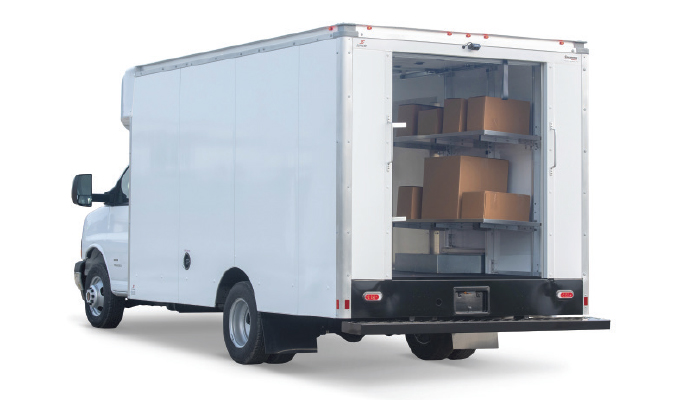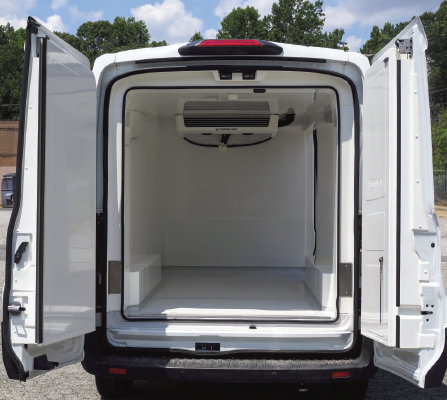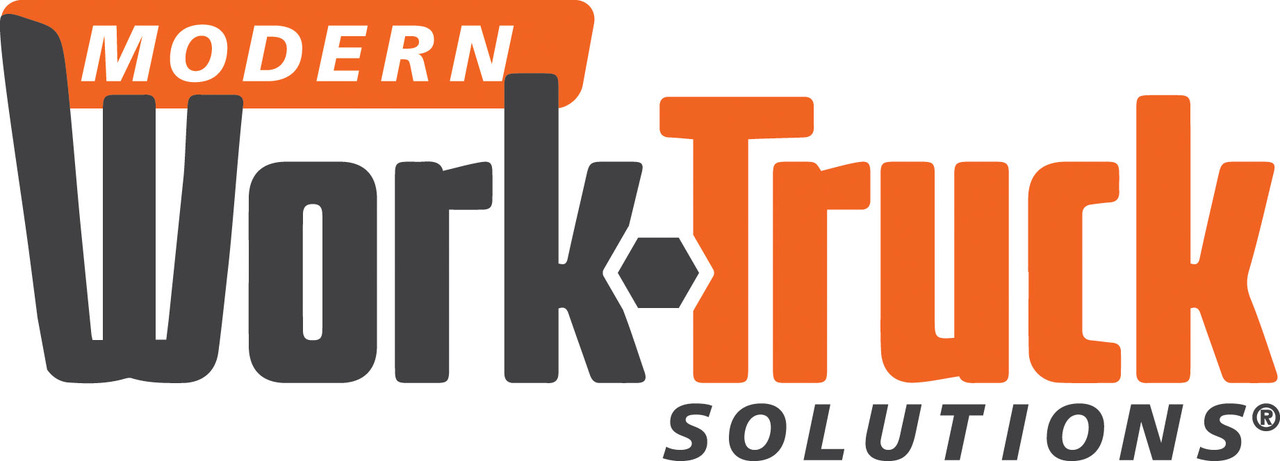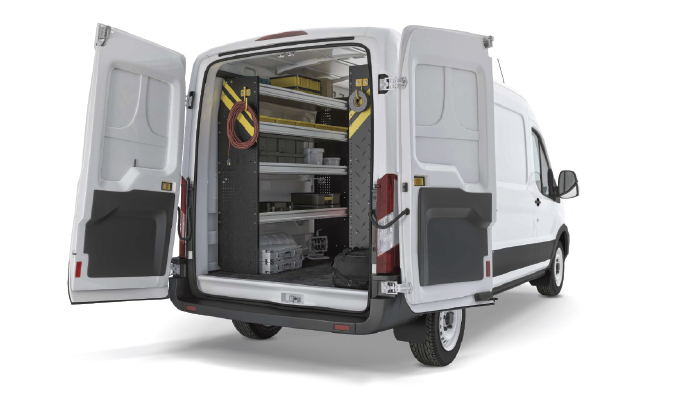From local shops and service providers to shippers delivering the last mile of e-commerce purchases, upfitted commercial vehicles keep business moving. Today, these vehicles continue to evolve both in how they are purchased and designed.
For starters, companies are demanding more elaborate technology packages be integrated into these vehicles to help their operations run more efficiently, effectively, safely, and securely. At the same time, companies strive to achieve the right balance of cost, lead time and customization in these vehicles, especially as factors like inflation make pricing decisions more crucial than ever.
Let’s take a deeper dive into these trends and what they mean for companies that rely on upfitted vehicles as the backbone of their businesses.
INCREASED TECHNOLOGICAL DEMANDS
Historically, customizing an upfitted vehicle focused largely on physical elements, like shelves, racks, and partitions. However, today, to better meet customer needs, customization efforts also consider a wide range of technology solutions.
Many workers using upfitted vehicles, for instance, need more than racks to store their tools. They need auxiliary power outlets or ports to charge their laptops, tablets, and other devices. One upside to having this technology in vehicles is the ability to have workers stay or remain in the field longer without needing to come back to a company facility that might be miles away from their location.
Telematics is also in demand for upfitted vehicles, especially for companies with several vehicles on the road. Using telematics data, companies can track the location of their vehicles. They can also identify potential driver-behavior issues, monitor vehicle temperature for cold-chain deliveries, and spot potential maintenance needs.
It’s not just the technology that’s being added to these vehicles that’s driving design changes – it’s also the technology powering the vehicles. Commercial electric vehicle (EV) registrations shot up from 4,000 in 2019 to 87,000 in 2024. When commercial EVs are being upfitted, they can use innovations like composite panel technology to help optimize cargo capacity and reduce weight, which can extend the range of the vehicles.

ENHANCED SAFETY, SECURITY AND COMFORT
Protecting vehicles and the people and assets inside them is a top priority for companies when specifying upfitted commercial vehicles.
Back-up cameras, like what many of us have on our personal vehicles, are now commonly requested on upfitted commercial vehicles. Companies are also asking for components like in-vehicle lighting, grab handles and lift gates to help workers do their job safely and with less strain.
Companies are also exploring how they can improve the comfort of drivers and vehicle occupants. Some, for instance, are seeking to extend climate control features beyond the vehicle cab, even if it’s in a limited fashion, to help occupants working at the back of the truck stay comfortable in changing weather.
Security is another growing need. Telematics can be used to track the location of vehicles or find them if they’re stolen. However, companies are also looking for ways to better keep track of the contents of their vehicles, especially when they’re transporting high-value products.
Advanced cargo security technology can help address this need. This technology can identify and track when doors on a vehicle open and when they close. This data combined with telematics data about a vehicle’s location history can help companies improve how they move expensive or temperature-sensitive products and identify when and where the product may have been removed if it goes missing.

COLLABORATION TO BALANCE NEEDS
Upfitting projects are about balancing three needs, price, speed, and configuration level. This “golden triangle” can be difficult to balance.
Lead time has long been a hot-button issue. Companies often want to acquire their upfitted vehicles as soon as possible, but configuration work takes time, especially as more technology is integrated into vehicles. When customers have extensive configuration requirements, their price and lead time can shift.
Upfitters have always worked to collaborate on both customer need and timeline. However, now upfitters are also taking other steps to help optimize price, speed, and configuration of projects.
In another example, upfitters are using the learnings they’ve gathered from supporting a variety of transportation projects to create configurations that can be used for similar applications. This can reduce the amount of customization required for new vehicles and streamline projects.
New ready-to-mount programs provide similar benefits. They give companies pre-built vehicle bodies with mounting and configuration options that can be quickly added. This can help companies get tailored vehicles more efficiently.
In some cases, upfitters aren’t leaning on new innovations to address their golden triangle of needs. Rather, they’re recommitting themselves to simple practices like listening to customers, understanding those customers’ priorities and goals for each project, and providing practical solutions to problems. For example, maybe a customer specifies a 19.5-foot truck body. If an upfitter doesn’t have that body size on hand, perhaps it can offer a solution that’s close enough – like a 20-foot vehicle body that’s readily available.
Instances like this, where an upfitter can provide solutions with minor acceptable trade-offs that reduce costs and save time, are win-win scenarios for everyone.
NAVIGATING CHANGE
Upfitted commercial vehicles will undoubtedly continue to evolve, especially as technology continues to unlock new possibilities for them. Amid this change, however, collaboration between the users of these vehicles and upfitters will remain essential and likely help improve your bottom line. Together, these two groups can not only properly harness new innovations but also make sure upfitted vehicles address users’ needs whether they’re looking to manage costs, improve productivity, enhance safety, or strengthen security.
about the author
Dave Hill is currently vice-president, parts and services at Wabash. He has over 30 years of experience in the industry. Prior to joining Wabash, Hill served as general manager at Knapheide Truck Equipment Company, where he was responsible for production and upfitting of more than 5,000 trucks annually. He has spent most of his career working for some of the top-heavy equipment and industrial companies, including Oshkosh Truck, Case New Holland, and General Motors.



